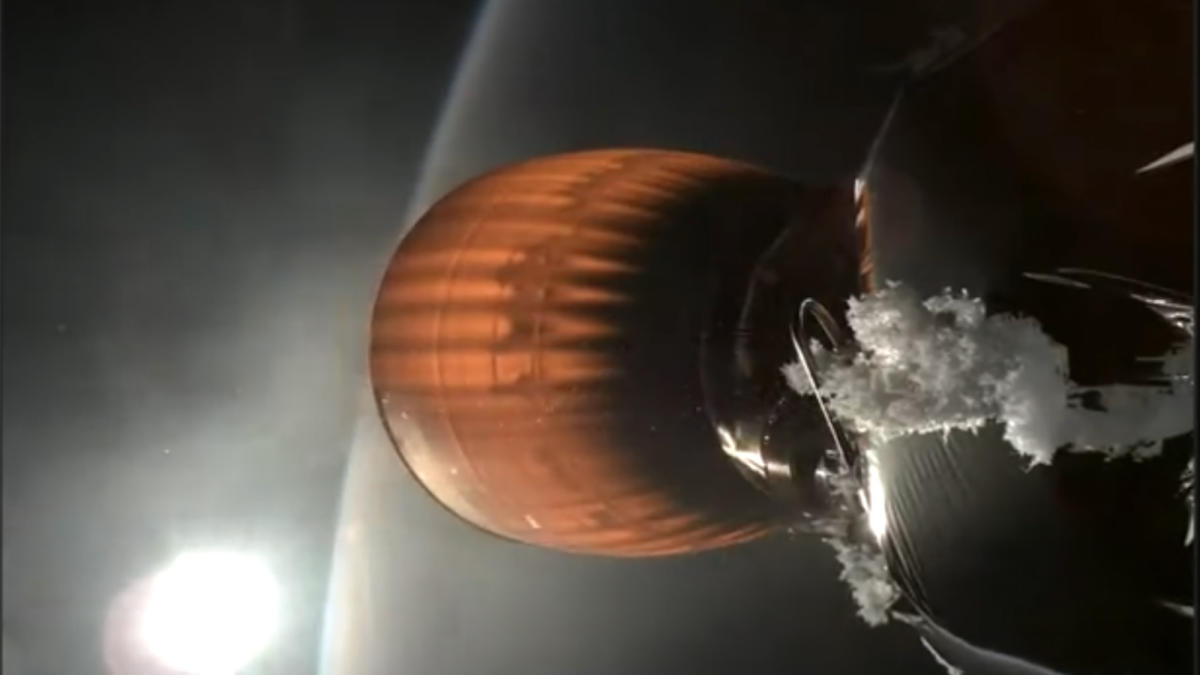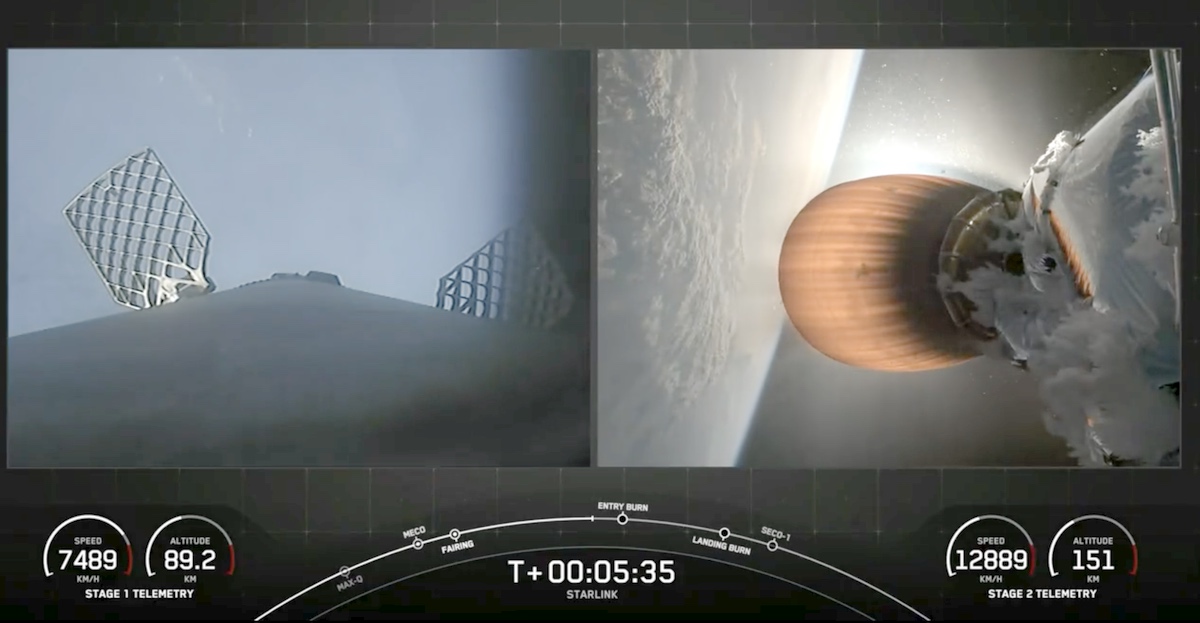
SpaceX, the aerospace manufacturer and space transportation services company, recently experienced a Falcon 9 rocket failure on July 11, 2024. The incident occurred during the second stage engine burn of the rocket carrying twenty Starlink satellites towards low Earth orbit. The root cause of this anomaly was identified as a crack in a sense line for a pressure sensor attached to the Falcon 9's oxygen system.
The leak from this cracked sense line led to excessive cooling of engine components, causing the engine to hard start instead of conducting a controlled burn. This resulted in damage to the engine hardware and caused the upper stage to lose attitude control. Consequently, ten out of twenty satellites were contacted but all re-entered Earth's atmosphere due to too much drag.
SpaceX has taken immediate action by removing the failed sense line and sensor on the second-stage engine for near-term Falcon launches. The company has also submitted its mishap report to the Federal Aviation Administration (FAA) and is poised to return to flight as soon as July 27, 2024.
The FAA's investigation into this anomaly revealed that a liquid oxygen leak developed within the insulation around the upper-stage engine during the first burn of Falcon 9's second-stage engine. The crack in a sense line for a pressure sensor was identified as the cause of this leak, which was attributed to fatigue caused by high loading from engine vibration and looseness in the clamp that normally constrains the line.
SpaceX has taken proactive measures to prevent recurrence of this anomaly. The failed sense line and sensor on the second-stage engine have been removed, and an additional qualification review, inspection, and scrub of all sense lines and clamps on active booster fleet led to a replacement in select locations.
The July 11 incident marked SpaceX's first in-flight failure since June 2015. However, it is important to note that a Falcon 9 did explode on the pad during preflight testing in September 2016, which also resulted in the loss of its payload.




